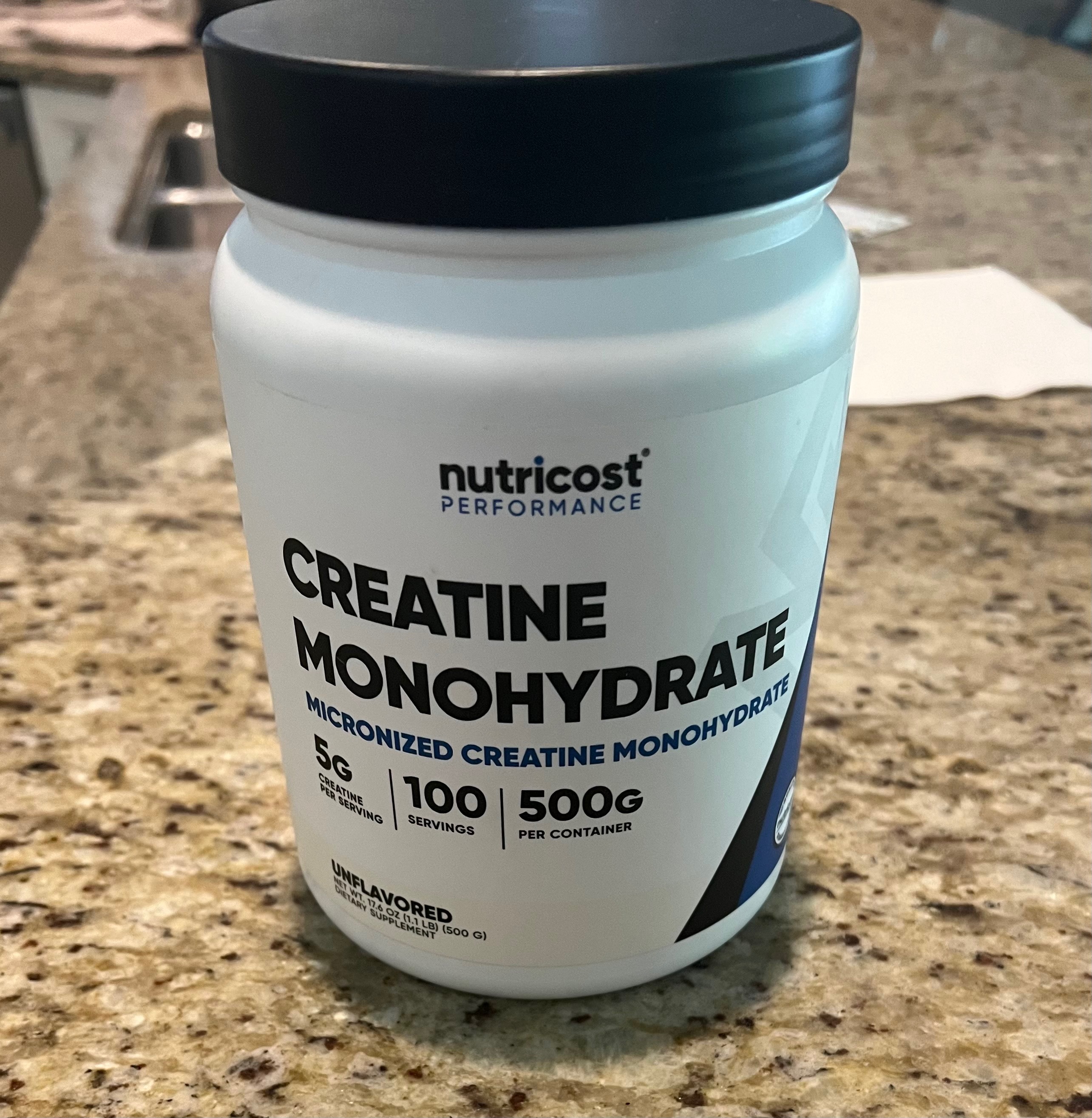By Rocco Garcia
According to Mayo Clinic, creatine is an amino acid in one’s body, muscles, and brain. Cleveland Clinic also said, creatine is naturally produced in the liver and kidneys, which then is transported to the skeletal system for a stronger source of energy. Creatine is also found in red meat like beef and pork, and in seafood like tuna, salmon, and cod. According to Gatorade Sports Science Institute, creatine is one of the most studied supplements for athletic enhancement. Performance-improving effects during intense exercises have been studied and recorded. While taking creatine might not be an advantage for all athletes, evidence suggests otherwise, and that creatine has no harm at all.
The human body stores creatine as phosphocreatine in muscles for energy use. At most, the human liver, kidneys, and pancreas can intake one gram of creatine per day. Athletes intake creatine to improve performance and muscle mass. Creatine that is manufactured into a fine powder, oral creatine, allows athletes to earn the ability to push oneself to do more reps. This leads to positive gains in strength, muscle mass, and performance. According to Maximuscle, a sports nutrition and health brand, oral creatine is created when sarcosine and cyanamide is compounded with a catalyst compound. Once merged in the reactor, it is heated and pressurized into creatine crystals. Oral creatine reduces dehydration, muscle cramping, and injuries to the muscles like tendons, nerves, bones, and ligaments. Thomas Arndt, a Ponte Vedra High School sophomore, stated, “I think creatine is good because my muscles get a lot stronger in a short time when I take it regularly.” The supplementation of creatine can improve performance during cognitive activities, especially in older people.
The supplementation of creatine can help reduce hormonal regressions in striated muscle and bone mineral concentration. According to the National Institute of Health, females have shown 70-80 percent decreased endogenous as compared to men. In essence, women must consume a smaller dose of creatine to have the best progress when working out. A cream containing creatine and other ingredients reduces the sagging of skin and wrinkles in men. Another study concludes that creams, including creatine and folic acid, improve sun damage and moderate wrinkles. TJ Meyers, a sophomore at PVHS, said, “Creatine does improve my muscle mass faster, but it also makes it more likely to lose that strength if I don’t take creatine or go to the gym and lift. So, although it does improve my muscle mass, it comes with issues.” Creatine is entirely safe to take for up to five years. The few side effects that creatine may offer are weight gain and being dehydrated. According to Healthline, creatine brings water into one’s cells to shape muscles after an exercise. So, if a person is thirsty, creatine will not provide your muscles with the strength it needs to push weights or run sprints. But, if one chooses not to work out and actively takes creatine, there will be no effect on an athlete’s body. As with any other dietary supplement, one must make the correct decision when selecting creatine, which is recommended by peers or third-party testing to guarantee the product’s quality.





